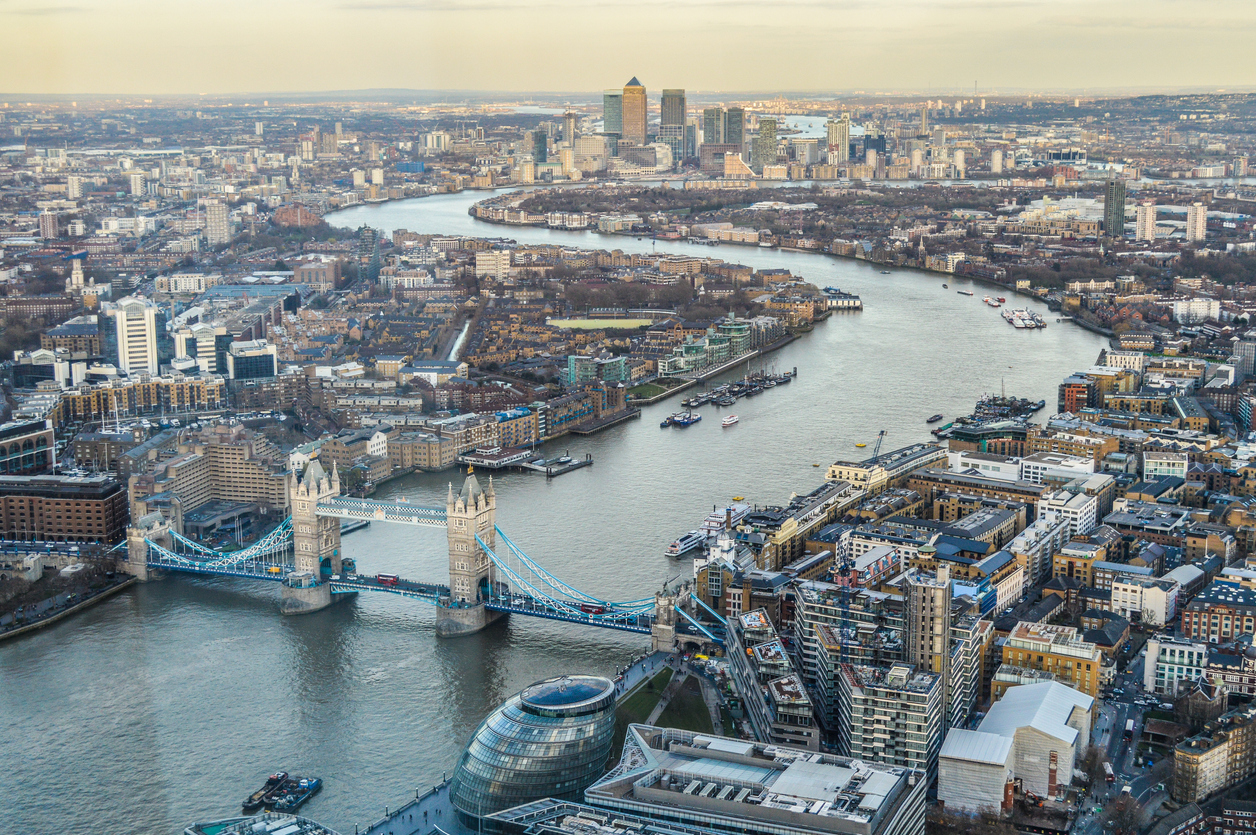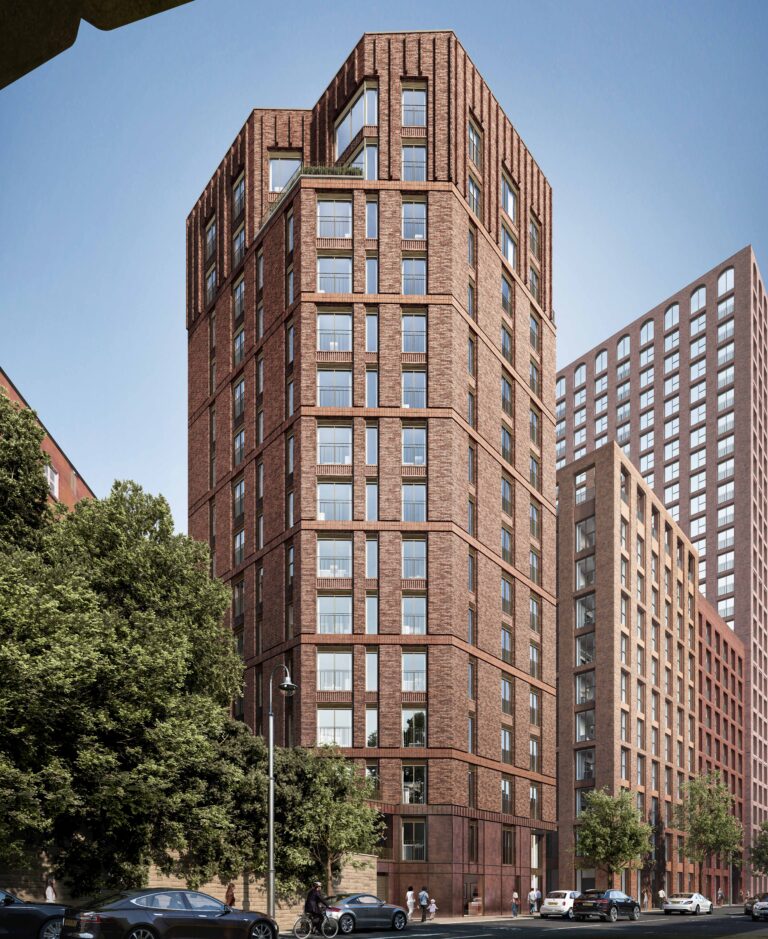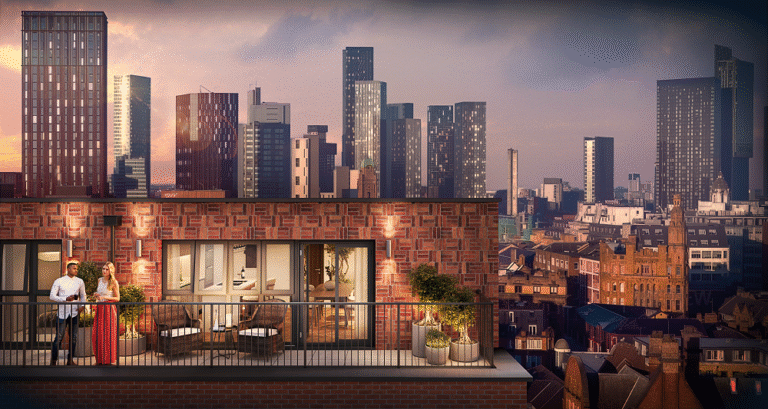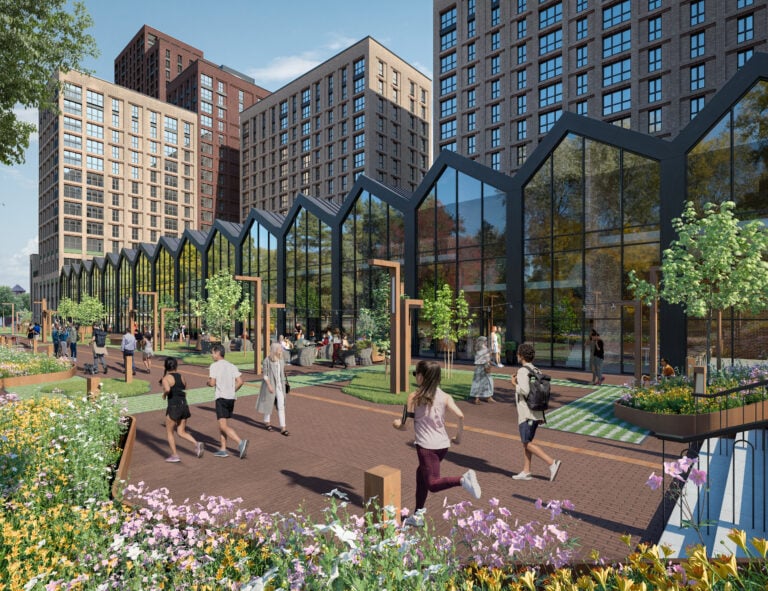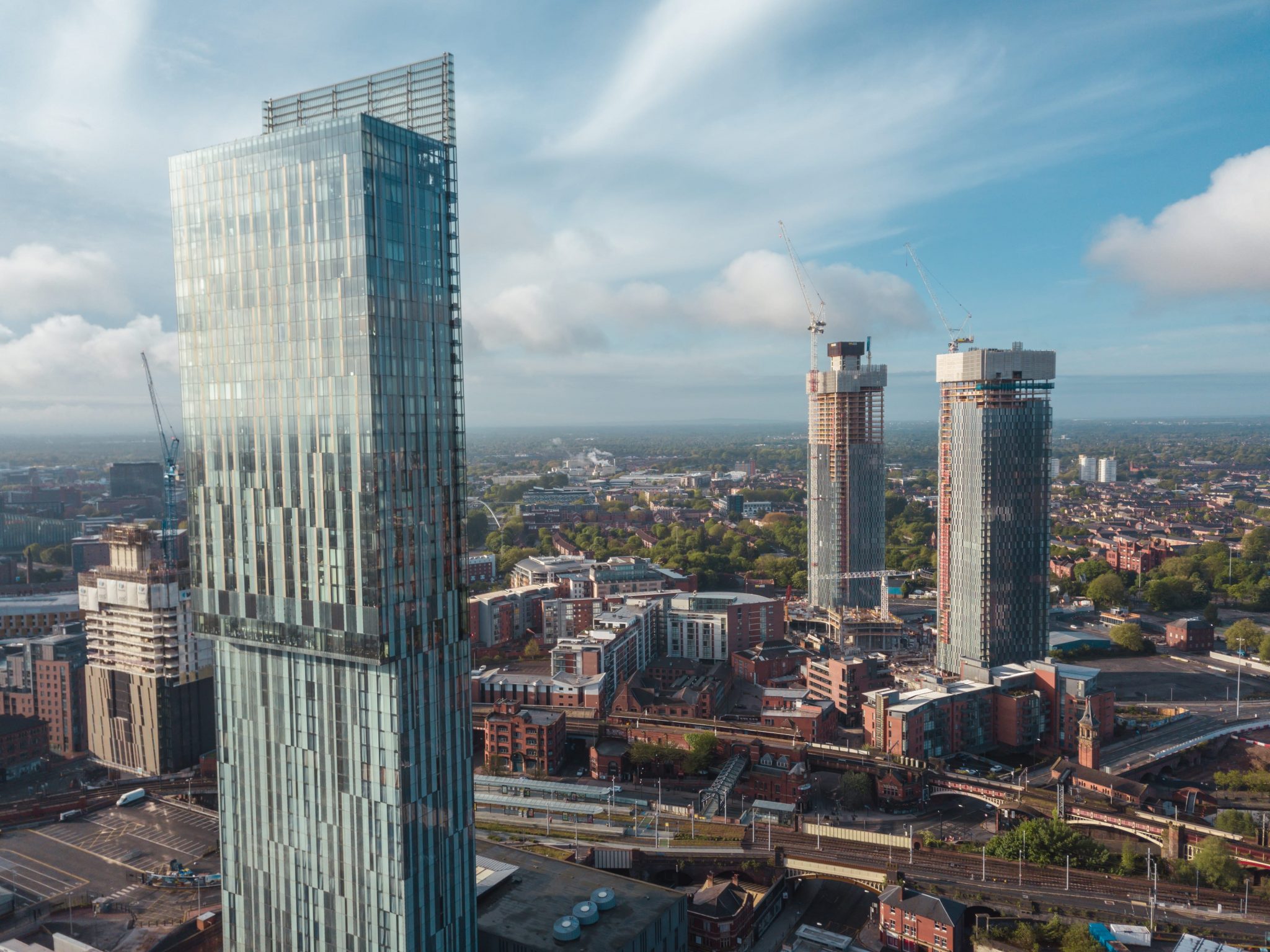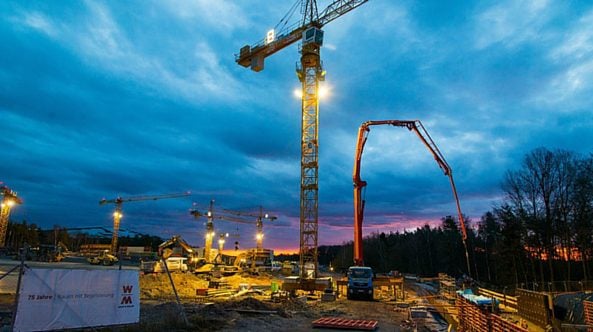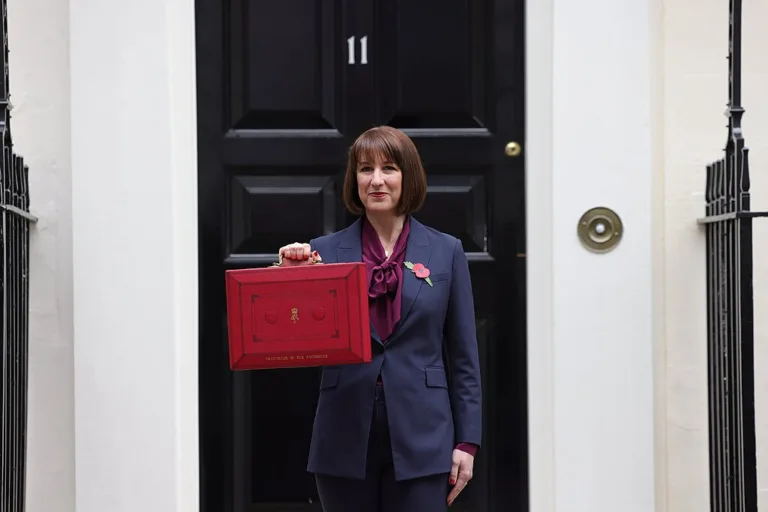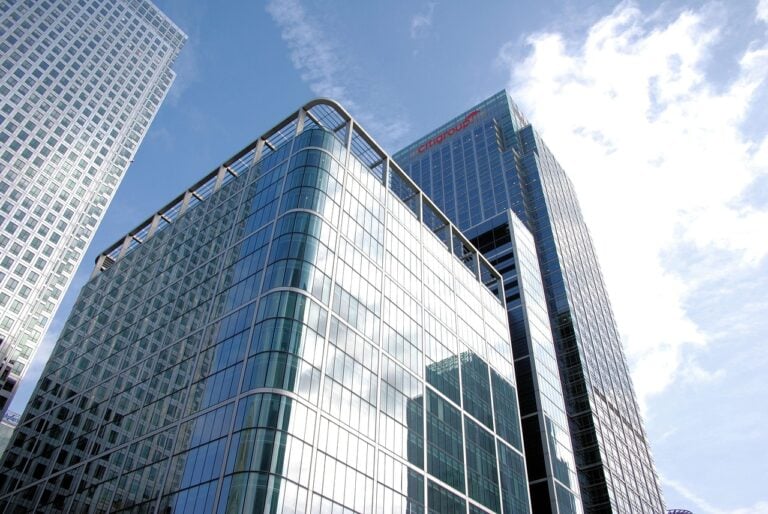Something happened to Canary Wharf on the endless hot evenings this summer.
There were babies’ buggies on the waterfront lawns. Families could be seen picnicking and playing among the exotic grasses and art installations. Jubilee Park – a shady area of raised cascading fountains that usually hosts a stampede of suits at each end of the day – hummed with people lapping up the warm breeze and food stall fodder.
Canary Wharf will always be a playground for young and single bankers who move from their desk in one shiny tower to their bed in another – and students bankrolled by rich parents who live thousands of miles away.
But after years of trying to convince us that this high-rise, high-net-worth enclave of E14 is more is than a financial centre, it may be close to achieving that ambition. Canary Wharf may have at last reached its tipping point where it has become a place that a wider cross-section of people, beyond those who tinker with people’s fortunes, want to hang out and live.
“So much has changed here in the last decade,” says Judith Beenders, a pianist in her 50s, who recently moved back to Canary Wharf from leafy Greenwich across the river. She lives in a high-rise waterfront apartment in Arena Tower where she feels inspired to compose music. “It’s not just a bankers’ world anymore,” she comments. “It’s far more relaxed and residential. Eden Dock is beautiful – you could be in Singapore – and the whole of Canary Wharf is livelier than ever, very international, and now very dog-friendly too. Living here makes me feel younger,” she comments.
Alastair Mullens, managing director of residential at Vertus – the Build to Rent arm of the Canary Wharf Group who own and manage the estate – has even spotted change in the local Waitrose. “Weekday lunchtimes are usually all about workers grabbing their sushi to take back to their desk, but it struck me that there were older couples shopping, which I’ve never noticed before,” he says.
The change has been happening since Covid, which momentarily rendered its offices redundant and turned the Wharf into a ghost town. Since then, the estate has been working hard on “connecting people to its water and green spaces,” says Mullins. Last year’s footfall figure of 72.2m – that’s the number of visitors, residents and workers who passed through the estate – was 5% up on the previous year.
New amenities such as the Troubador theatre, Padium padel centre and Fair Play (a fairground arcade for grown-ups), help create an engaging sense of place. A 50-metre lido is also set to transform Eden Dock next summer.
For the Wharf’s 30,000 or so residents, you still need to be a relatively high earner to own or rent there. There are affordable housing options in buildings such as 30 Harbord Square, but flats in Vertus’s three build to rent buildings have average rates of £700 a week, and residential sales in the Canary Wharf Group’s three current launches, One Park Drive, 10 Park Drive and 8 Harbord Square, start at £850,000.
But for investors, here’s a captive market where 70% of residents rent, according to Savills – and it commands the second highest yields in London (5.9%), according to Benham & Reeves. Tenants are staying longer too – up by 15 to 17 months on average in Vertus’s developments, “which could be due to the lack of new stock, but they’re also making the choice to stay in Canary Wharf,” says Mullins.
Though Canary Wharf’s Build to Rent schemes aren’t available for investors to buy into, they help to promote a lifestyle that’s attractive not just to their residents but has a knock-on desirability for other new developments on or near the estate.
You never know, you may end up with a super-star tenant too. This Singapore of East London is popular among film crews, and Angelina Jolie is the latest A lister to be filming there. Increasingly, Canary Wharf is feeling like a far more inviting and inclusive place. Dogs and buggies welcome too.
If you’d like to invest in a brand-new, Zone 1, residential community – check out The Halo
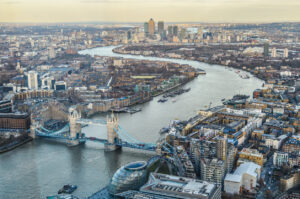
Aerial view of London
